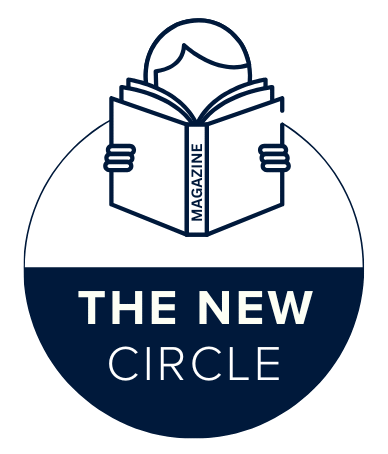Warehousing activity might slow at different points for reasons that are not always simple to control, so a practical review of movable tools and workflows could be useful in varied settings. It could be observed that flexible equipment often helps tasks continue with fewer pauses, depending on layout and staffing. While exact outcomes vary, mobile options usually allow workers to keep steps aligned. This approach may support steadier progress without extensive structural changes or complex redesigns.
Keep routine work flowing with portable setups
Reducing stoppages during everyday actions could maintain flow across storage, picking, and packing areas, since many small delays usually add up to longer pauses over a shift. Teams benefit when essential items are nearby, because returning to distant stations introduces avoidable walking and waiting that might expand as demand rises. Equipment that carries scanners, labels, containers, and light tools can be reconfigured quickly to match a shift pattern of work. This may not eliminate every bottleneck, yet small decreases in queueing often lower idle minutes across a full day. You could consider using lightweight frames and carts with adaptable mounts, as these elements are combined easily with existing processes and can be moved as volumes change or staffing adjusts.
Place tools where work happens
Moving equipment to the immediate task area is frequently helpful because starting and finishing steps take less time when materials and devices remain within reach. Workers who operate inside aisles or staging zones can usually continue to work with fewer back-and-forth trips to a central counter, which might also reduce crowding near shared benches. For example, warehouse picking carts enable faster consolidation and more consistent sequencing, because labels, scanners, and totes are positioned where items are selected. It is also common to assign small mobile benches to a specific run or location, and this could align with slotting plans that shift during promotions or seasonality. While this does not always shorten each action, it often makes the next action begin sooner, which helps maintain throughput even when priorities change during the day.
Separate activities to limit overlap and waiting
Organizing movement so that different processes intersect less can limit waiting, since shared space at printers, scales, or verification points is a frequent source of slowdowns. By allowing each group to carry essential items into its own area, workers might avoid lines at multi-use stations that serve unrelated tasks. Simple zoning with portable stands, scanners, and containers can keep flows independent without new construction, and these components are usually reassigned when schedules change. This arrangement often results in fewer interruptions because teams finish steps where they stand, which reduces handoffs that would otherwise pile up at a central desk. Supervisors could also trace where delays originate more easily, as each zone’s tools correspond to a distinct stage in the process, which supports incremental improvements without major disruption.
Make task switching simpler when priorities shift
Shifts that involve frequent changes in work type may benefit from setups that do not require many fixed touchpoints, since moving between tasks often creates friction and small idle windows. Combining basic utilities on a single rollable station can support scanning, packing, light kitting, and labeling without returning to a separate bench each time. Workers then proceed to the next list or location while carrying out what they need, which might reduce stray minutes between assignments and decrease confusion. This approach may assist training as well, because the same movable unit is used to demonstrate steps in place, and newer staff usually follow along without losing position in the aisle. Outcomes will depend on team size and layout, yet the overall effect tends to be steadier for transitions that avoid unnecessary pauses.
Soften the impact of interruptions with mobility
Unplanned changes such as urgent reorders, temporary equipment conflicts, or blocked paths can slow progress. Yet, portable arrangements could soften the impact by aligning tools with the person rather than the station. When a route is congested or a rack becomes busy, a small unit that holds key devices can be wheeled a short distance away and restarted without waiting. This is practical for short outages because work resumes near the same inventory, which helps continuity and keeps steps in sequence. It is also easier to assign temporary roles when equipment goes with the worker, as supervisors might reallocate units to areas with immediate need. Not every disruption can be prevented, but recovery typically becomes quicker when the setup is already mobile, and the next step is ready.
Conclusion
Adapting equipment so it moves with the work can support steadier progress across many tasks, since walking, waiting, and handoffs are commonly reduced by proximity. Results will vary by layout, volume, and staffing, yet portable arrangements typically help with faster starts, smoother transitions, and simpler recovery from interruptions. You could consider piloting a few movable units in targeted zones, then expanding where gains persist, because gradual adoption often fits operational needs that change over time.
YOU MAY ALSO LIKE: Unlocking Efficiency: The Rise of Automated Pre-Roll Production

